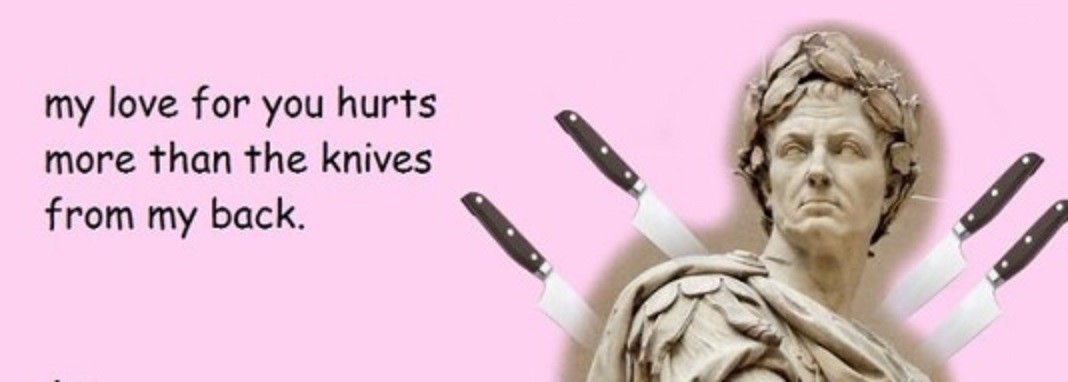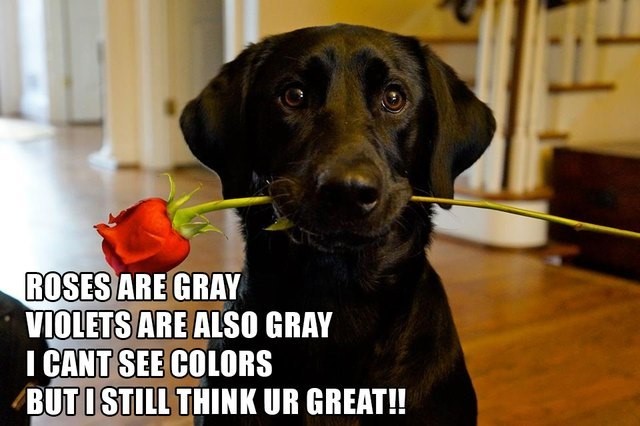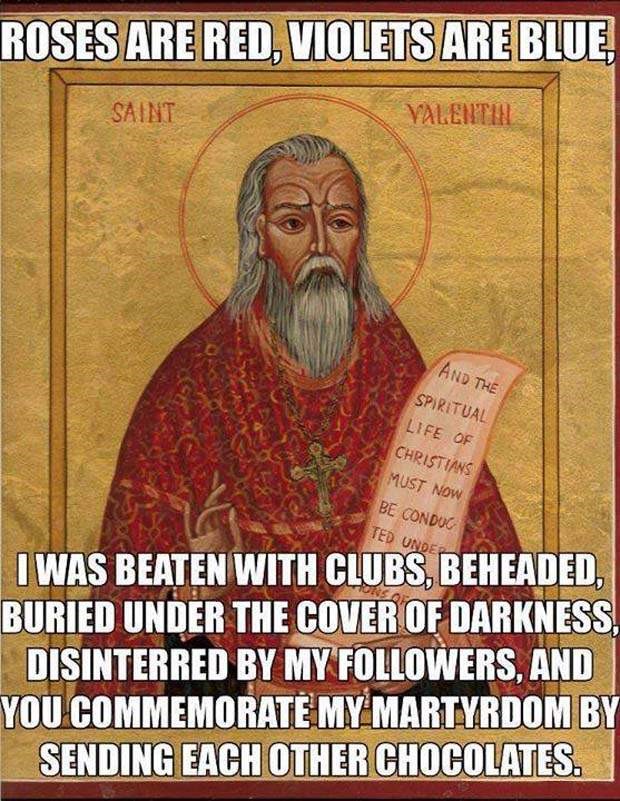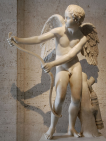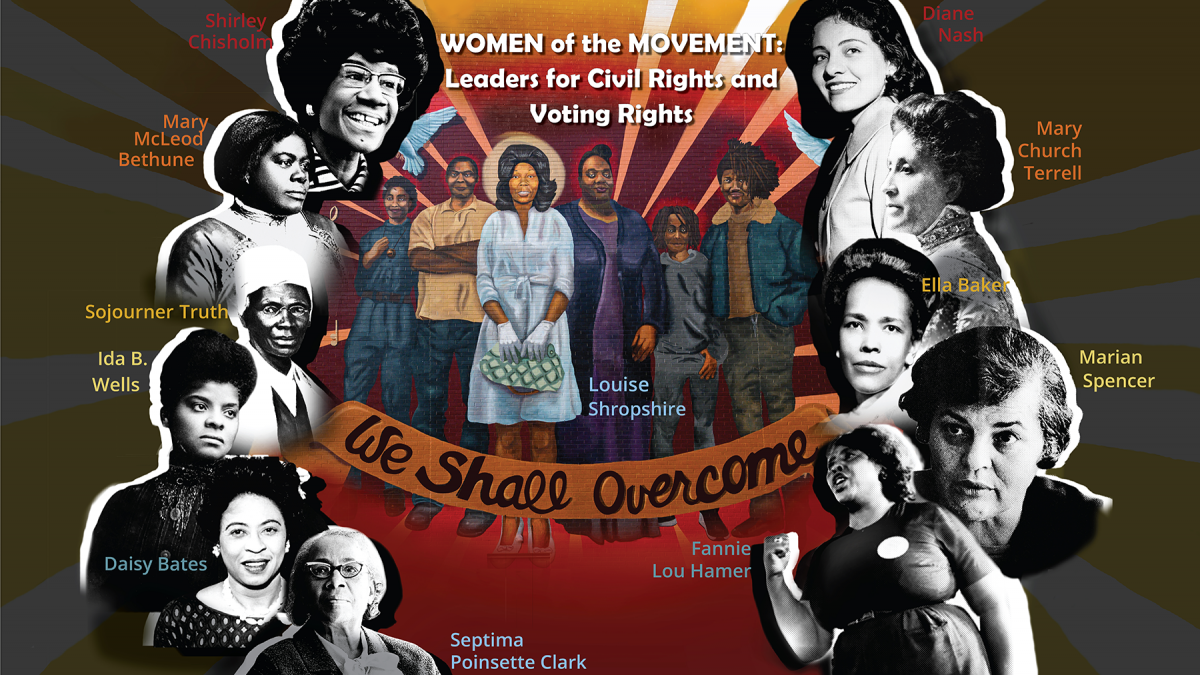Your UBCA Library’s Book of the Month for March 2020
All the Light We Cannot See
By Anthony Doerr
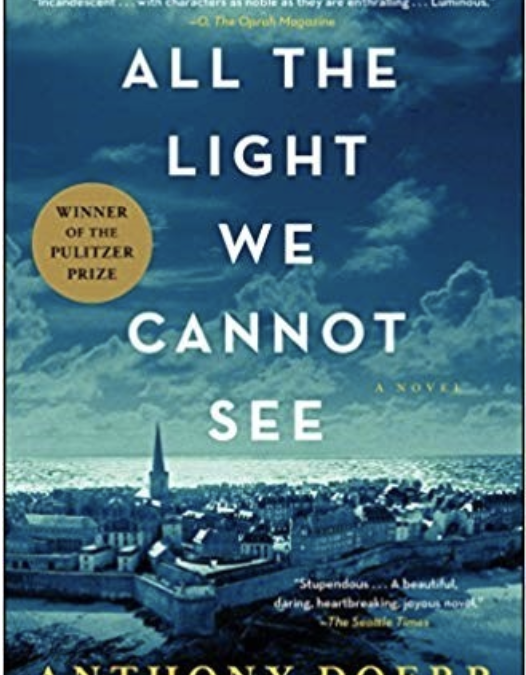
A stunningly ambitious and beautiful novel about a blind French girl and a German boy whose paths collide in occupied France as both try to survive the devastation of World War II. Marie Laure lives with her father in Paris within walking distance of the Museum of Natural History where he works as the master of the locks (there are thousands of locks in the museum). When she is six, she goes blind, and her father builds her a model of their neighborhood, every house, every manhole, so she can memorize it with her fingers and navigate the real streets with her feet and cane. When the Germans occupy Paris, father and daughter flee to Saint-Malo on the Brittany coast, where Marie-Laure’s agoraphobic great uncle lives in a tall, narrow house by the sea wall. In another world in Germany, an orphan boy, Werner, grows up with his younger sister, Jutta, both enchanted by a crude radio Werner finds. He becomes a master at building and fixing radios, a talent that wins him a place at an elite and brutal military academy and, ultimately, makes him a highly specialized tracker of the Resistance. Werner travels through the heart of Hitler Youth to the far-flung outskirts of Russia, and finally into Saint-Malo, where his path converges with Marie-Laure. Doerr’s gorgeous combination of soaring imagination with observation is electric. Deftly interweaving the lives of Marie-Laure and Werner, Doerr illuminates the ways, against all odds, people try to be good to one another.
Is it checked out? Don’t worry, we’ve got you covered:
The Secrets We Keep (PS3616.R463 S43 2019): At the height of the Cold War, two secretaries are pulled out of the typing pool at the CIA and given the assignment of a lifetime. Their mission: to smuggle Doctor Zhivago out of the USSR, where no one dare publish it, and help Pasternak’s magnum opus make its way into print around the world. Glamorous and sophisticated Sally Forrester is a seasoned spy who has honed her gift for deceit all over the world — using her magnetism and charm to pry secrets out of powerful men. Irina is a complete novice, but under Sally’s tutelage quickly learns how to blend in, make drops, and invisibly ferry classified documents. Their story is intertwined with that of the decades-long affair between Pasternak and his mistress and muse, Olga Ivinskaya, who was sent to the Gulag and inspired Zhivago’s heroine, Lara
320 rue St Jacques : the Diary of Madeleine Blaess (ebook): In November 1939 Madeleine Blaess, a French-born, British-raised student, set off for Paris to study for a doctorate in Medieval French literature at the Sorbonne. In June 1940, the German invasion cut off her escape route to the ports, preventing her return to Britain. She was forced to remain in France for the duration of the Occupation and in October 1940 began to write a diary. Intended initially as a replacement letter to her parents in York, she wrote it in French and barely missed an entry for almost four years.
Madeleine’s diary is unique as she wrote it to record as much as she could about everyday life, people and events so she could use these written traces to rekindle memories later for the family from whom she had been parted. Many diaries of that era focus on the political situation. Madeleine’s diary does reflect and engage with military and political events. It also provides an unprecedented day-by-day account of the struggle to manage material deprivation, physical hardship, mental exhaustion and depression during the Occupation. The diary is also a record of Madeleine’s determination to achieve her ambition to become a university academic at a time when there was little encouragement for women to prioritise education and career over marriage and motherhood. Her diary is edited and translated here for the first time.
The Last Metro (streaming film): Gérard Depardieu and Catherine Deneuve star as members of a French theater company living under the German occupation during World War II in François Truffaut’s gripping, humanist character study. Against all odds, a Jewish theater manager in hiding; a leading man who’s in the Resistance; increasingly restrictive Nazi oversight, the troupe believes the show must go on. Equal parts romance, historical tragedy, and even comedy, The last metro (Le dernier métro) is Truffaut’s ultimate tribute to art overcoming adversity.
by Christian Boyles


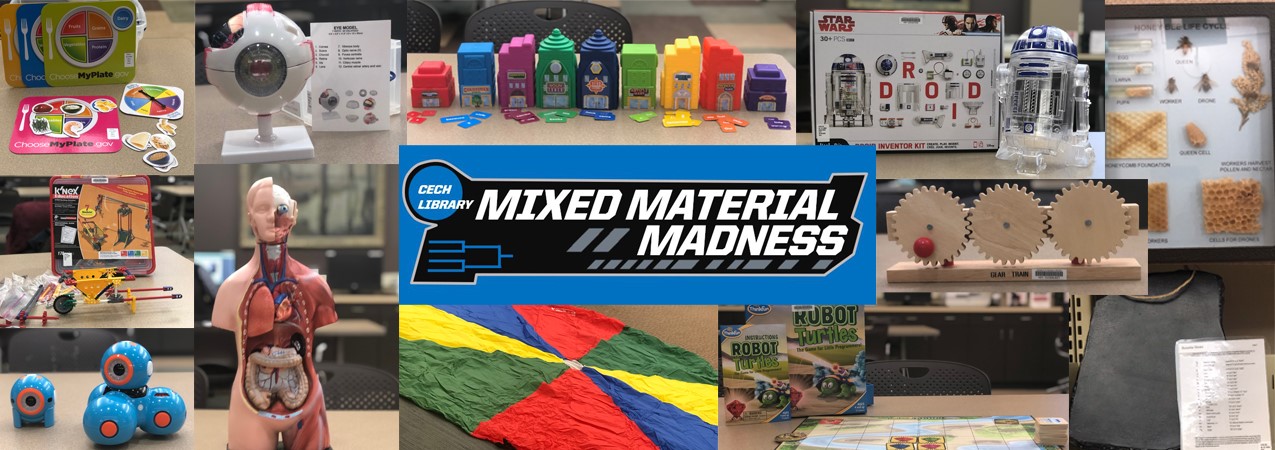

 As in previous years, entries will be judged according to such categories as “Most Delicious,” “Most Creative,” “Most Checked Out” and “Most Literary.” Those awarded “Best Student Entry” and “Best Overall” will win a limited-edition, much coveted UC Libraries t-shirt.
As in previous years, entries will be judged according to such categories as “Most Delicious,” “Most Creative,” “Most Checked Out” and “Most Literary.” Those awarded “Best Student Entry” and “Best Overall” will win a limited-edition, much coveted UC Libraries t-shirt.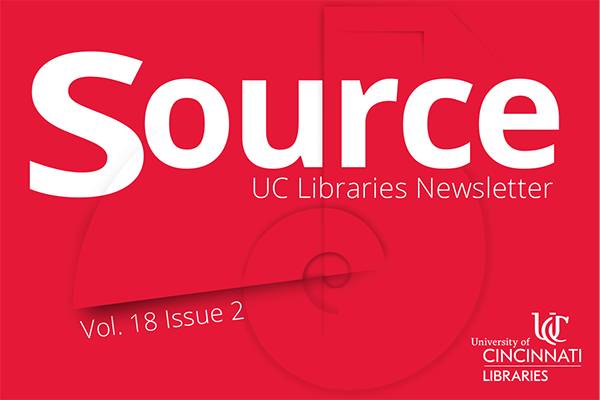 Read Source, the online newsletter, to learn more about the news, events, people and happenings in UC Libraries.
Read Source, the online newsletter, to learn more about the news, events, people and happenings in UC Libraries.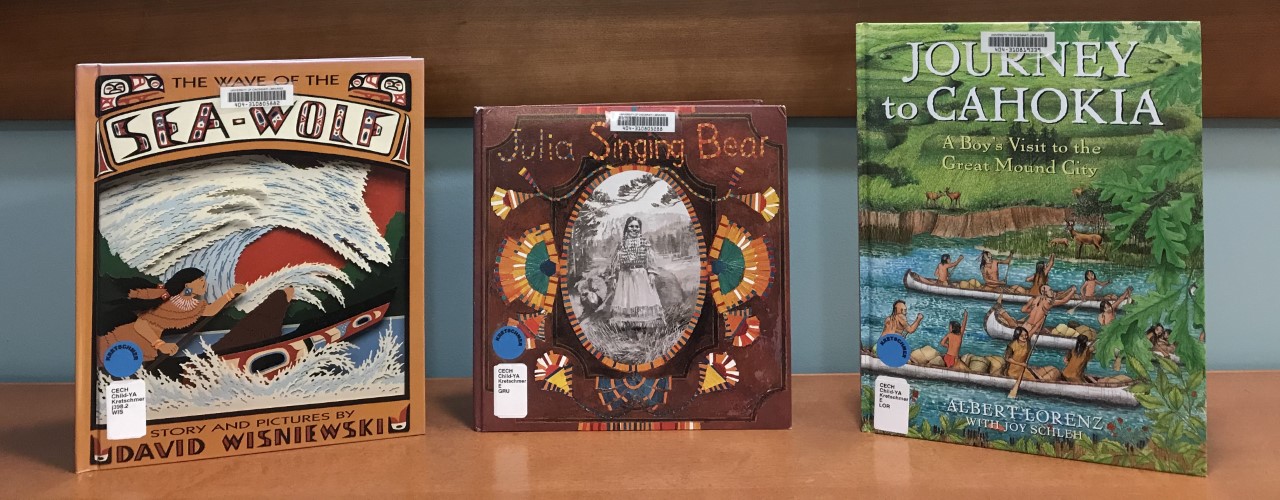
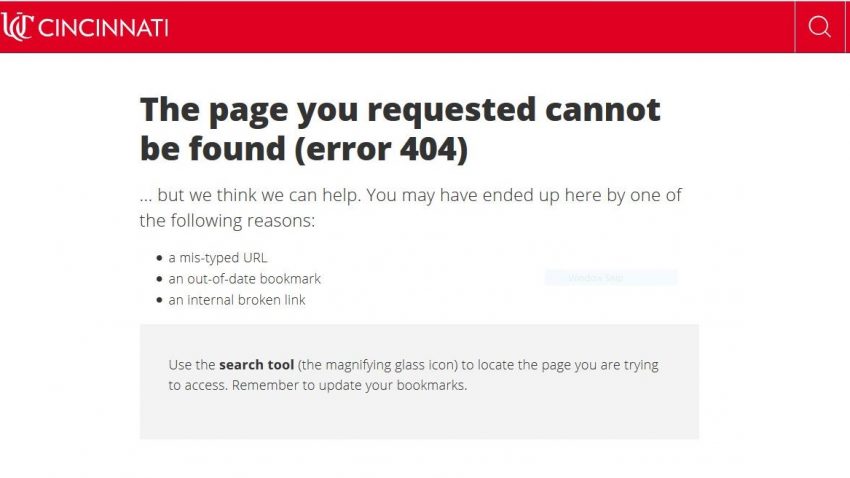 All of us have experienced clicking on a link and receiving an error, or
All of us have experienced clicking on a link and receiving an error, or 